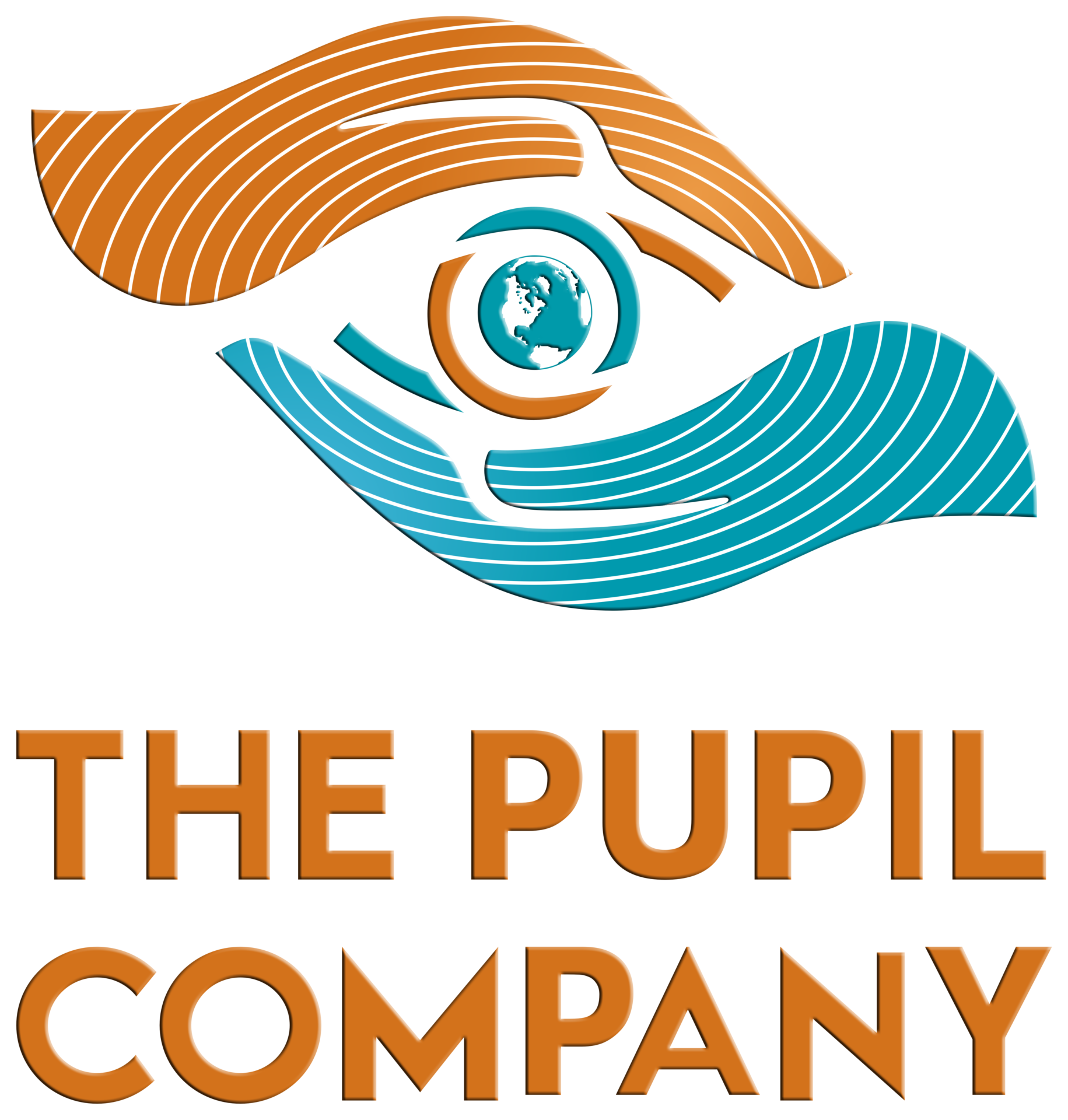In today’s interconnected world, learning is no longer confined to the solitary confines of textbooks and classrooms. Instead, it has evolved into a dynamic and collaborative process, fueled by the exchange of ideas, experiences, and perspectives among peers. In this blog post, we’ll explore the principles of social learning and how they can be seamlessly integrated into instructional design to foster engagement, collaboration, and deeper learning.
At its essence, social learning is based on the premise that learning is inherently social—that we learn best when we engage with others, share insights, and collaborate on meaningful tasks. By harnessing the power of social interaction, instructional designers can create learning environments that mirror real-world interactions, promoting active participation and knowledge co-construction among learners.
One of the key benefits of incorporating social learning into instructional design is its ability to foster a sense of community and belonging among learners. Whether it’s through online discussion forums, collaborative projects, or peer feedback mechanisms, social learning platforms provide avenues for learners to connect, collaborate, and support each other on their learning journey. This sense of belonging not only enhances motivation and engagement but also promotes a deeper sense of ownership and accountability for learning outcomes.
Moreover, social learning facilitates the exchange of diverse perspectives and experiences, enriching the learning experience and broadening learners’ horizons. By fostering open dialogue and respectful discourse, instructional designers can create inclusive learning environments that celebrate diversity and encourage critical thinking. This exposure to different viewpoints not only enhances learners’ cognitive flexibility but also promotes empathy, tolerance, and cultural competence—a vital skill set in today’s globalized society.
Furthermore, social learning promotes active participation and knowledge construction, shifting the focus from passive consumption to active engagement. Through collaborative problem-solving activities, group discussions, and peer teaching, learners are actively involved in constructing their understanding of the material, leading to deeper levels of comprehension and retention. This hands-on approach to learning not only enhances conceptual understanding but also cultivates essential skills such as communication, teamwork, and leadership.
However, to realize the full potential of social learning, it’s essential to design learning experiences that balance structure and autonomy, fostering meaningful interaction while providing clear guidance and support. Effective instructional design strategies for social learning include scaffolding, role modeling, and fostering a culture of inquiry and reflection. Additionally, leveraging technology platforms and tools such as social media, online communities, and collaborative learning platforms can facilitate seamless integration of social learning into instructional design.
Incorporating social learning into instructional design represents a paradigm shift in how we conceptualize and facilitate learning experiences. By harnessing the power of social interaction, instructional designers can create dynamic, collaborative, and engaging learning environments that empower learners to connect, collaborate, and thrive. As we continue to explore innovative approaches to instructional design, let us embrace the transformative potential of social learning in shaping the future of education and training.
